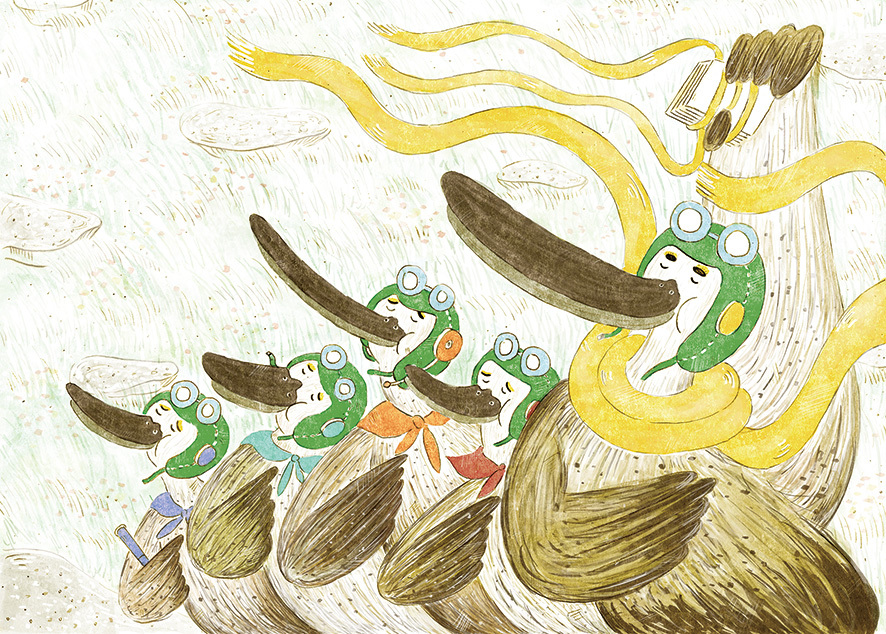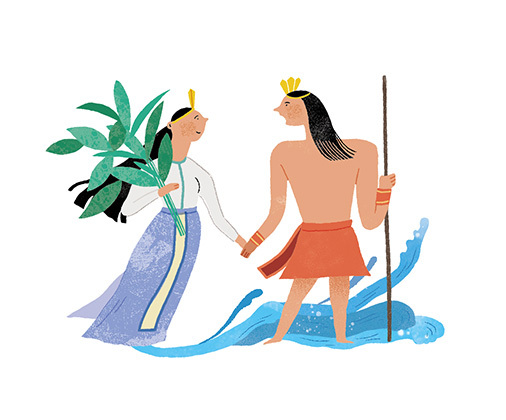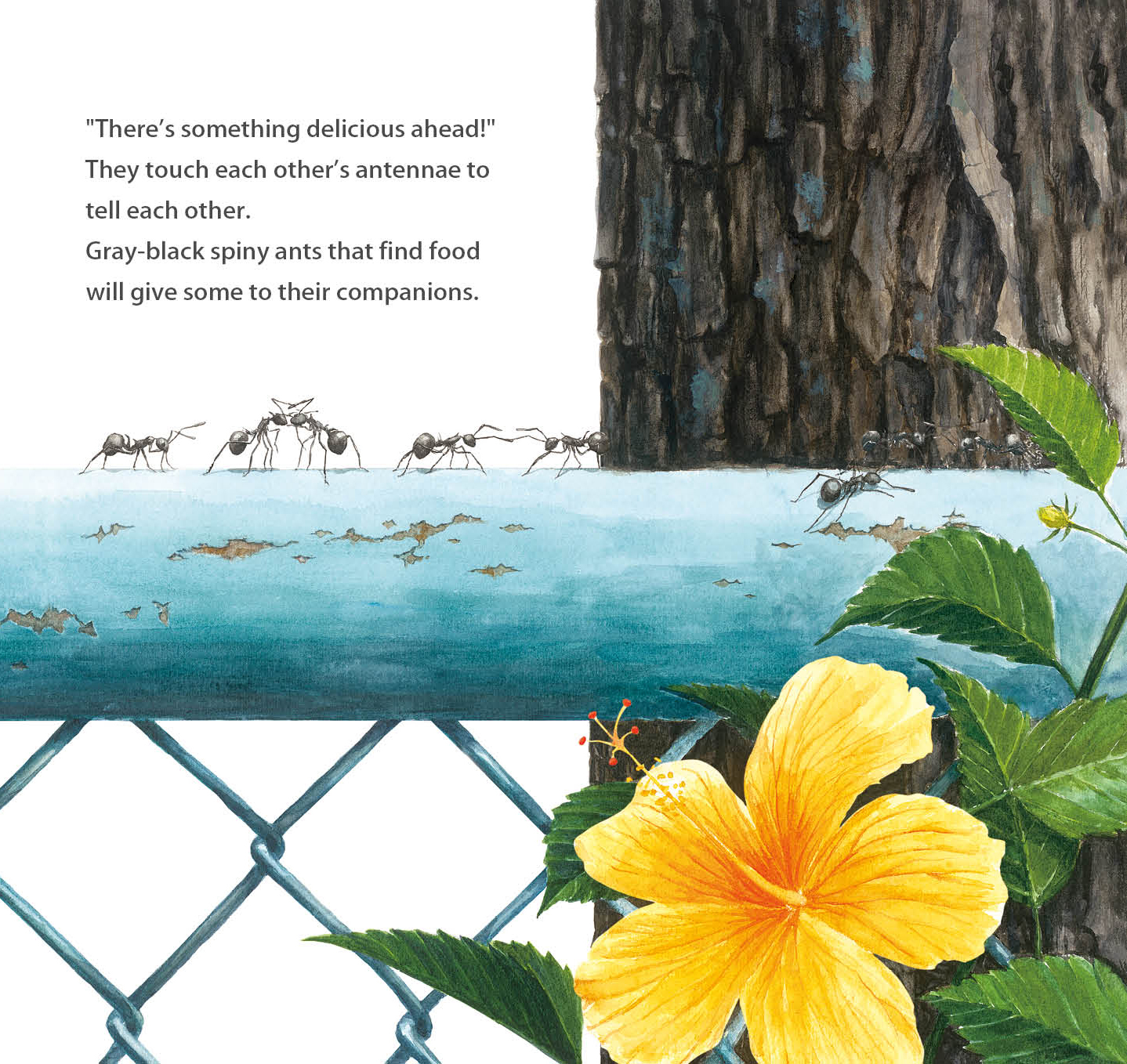If one were to read only the parts of Eyelids of Morning that deal with the clashes between leftist guerillas and the soldiers of the British Empire, one might mistakenly believe it is yet another literary indictment of colonialism in Sarawak. However, in spite of the inclusion of myriad painstakingly researched details concerning the pomp and glorification of empire, the novel is far more than that. For all of the ink lavished on the coronation ceremony of Queen Elizabeth the Second in the first chapter – the strict protocol of the ceremony right down to the composition of floral arrangements, the displays of exotic beasts, the rare gems adorning the royal crown, and the exact cape the queen wore over her priceless gown – all remain in service of a single dignified phrase uttered by the young queen: “I solemnly promise…” Promises, vows, and commitments are the lynchpins of the story of Eyelids of Morning – its mantras, if you will.
The plot dances nimbly through a vast array of complexities. As the story unfolds, characters and predicaments multiply like the teeth of a crocodile, historical fact and fiction packed side-by-side. Zhang Guixing’s pen encompasses a multitude of characters, each with its own theater of interior life, from dignified queens to wandering ghosts, commanders of vast wealth to cunning crocodile hunters, youths brimming with aspiration to maidens yearning for love – even the dust-caked laborer by the side of the road is given his due. At least equally captivating are the numerous natural creatures of Sarawak, none more so than the crocodiles that lurk in the Gambir River, their eyes glittering with the dawn light. The dark waters beneath the seemingly calm surface of the river seethe with their dark and calculating currents.
Tien Chin-Hung’s harmonica provides the occasion for the first stirring of love between him and lovely Fang Wu. Their courtship has a rocky start, but after many twists and turns, and much waiting, Chin-Hung wins the heart of his beloved. What should have been the beginning of marital bliss is cut short when Fang Wu dies in the jaws of giant crocodile attracted by the glittering seventy-two carat rose-red diamond in her hand. Again and again Chin-Hung describes the beauty and allure of the diamond to his grandson Chin-Shu, but in his heart, the true diamond is his lost love Fang Wu, and the land of Sarawak where he has laid down his roots. Even as his body ages, and his mind falters, Chin-Hung can never forget the lost diamond that was large enough to reflect the entire countryside within its facets.
From childhood, Chin-Shu always swore to recover the diamond for his grandfather, an endeavor he seemed fated to pursue from birth, and which becomes the great mission of his youthful life. He gathers a team of treasure hunters, and the seven young men leave home to enter the depths of the primeval jungles of Sarawak. The bond that holds their party together is another form of commitment: each completely trusts the others with his life. In the jungles they fall prey to the cunning commander of a squad of leftist insurgents, and flee under fire from the British Imperial Army, time and again surviving only by the interventions of a mysterious red-haired woman named Lucy. Enigmatic as a puzzle, and strikingly similar in appearance to the once beautiful Fang Wu, Lucy appears and disappears without a trace. She is the only one who can replicate the call of the yellow crowned nightingale when needed (using her harmonica), and it is Lucy who ultimately saves the seven youths and their female companions, and, cutting open the belly of the giant crocodile, recovers the diamond for Chin-Shu. In the end, Chin-Shu owes the fulfillment of his great vow entirely to Lucy.
In the second half of the novel, Chin-Shu has a bizarre dream: A giant red-haired woman carries Chin-Shu in her arms. As the dream progresses, Chin-Shu rapidly develops from an embryo into a young man, and then, just as rapidly, withers with age. As further dreamscapes unfold, time becomes even more compressed. Chin-Shu and the red-haired woman watch from a vantage point above the Earth in space, watching as 4.2 billion years of geological and ecological evolution unfolds before their eyes. Volcanoes spout blood-red magma, bubbles of life roil within the oceans, reptiles multiply, and a meteor impact ends the reign of the dinosaurs… great expanses of snow and icy peaks blankets the Earth, sunlight warms the face of a frozen planet, one day primates appear.… Chin-Chu takes it all in from on high, perhaps without ever realizing that the red-haired woman embracing him from behind is, in fact, that Lucy: the mother of all humanity.
One after another, life forms enact the drama of birth and extinction within the theater of Chin-Shu’s dream. The sci-fi and fantasy overtones of this portion of the novel represent a stark stylistic departure, while also encompassing volumes of academic knowledge. The purpose of the fantastic alternate universe of the second half of the novel is perhaps found in the novel’s epilogue, “A Soaring Ball of Fire”. Therein, the author describes a legend about the polong[1] that intermingles elements of the developmental and colonial history of Borneo. He then goes on to state that he never intended to write an indictment of colonialism. Instead, Eyelids of Morning, whether judged by textual or narrative intent, adopts a greater critical distance, casting its gaze on humanity’s dependence on legend to explain both the beauty and pain of life, even clinging to the packaging of legend in its continuous act of dying. I think it is even possible to view the novel as a lengthy legend in its own right; a legend that mingles fact and fiction, encompassing undying love, terrifying monsters, unfeeling yet voluptuous fruits hanging in high trees, the wretched cannon fire of revolution, and the glory and dispossession of empire. In a world where all things traverse the distance from birth to death in an instant, perhaps only legends endure.
[1] The polong is a mythical creature, somewhat like a cross between a harpy and a witch in appearance, which acts as an intermediary agent for the spells cast by native sorcerers in Borneo. – translator’s note.

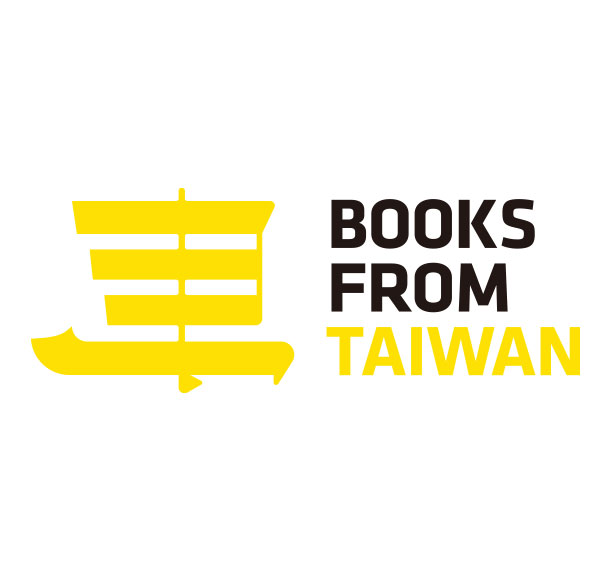
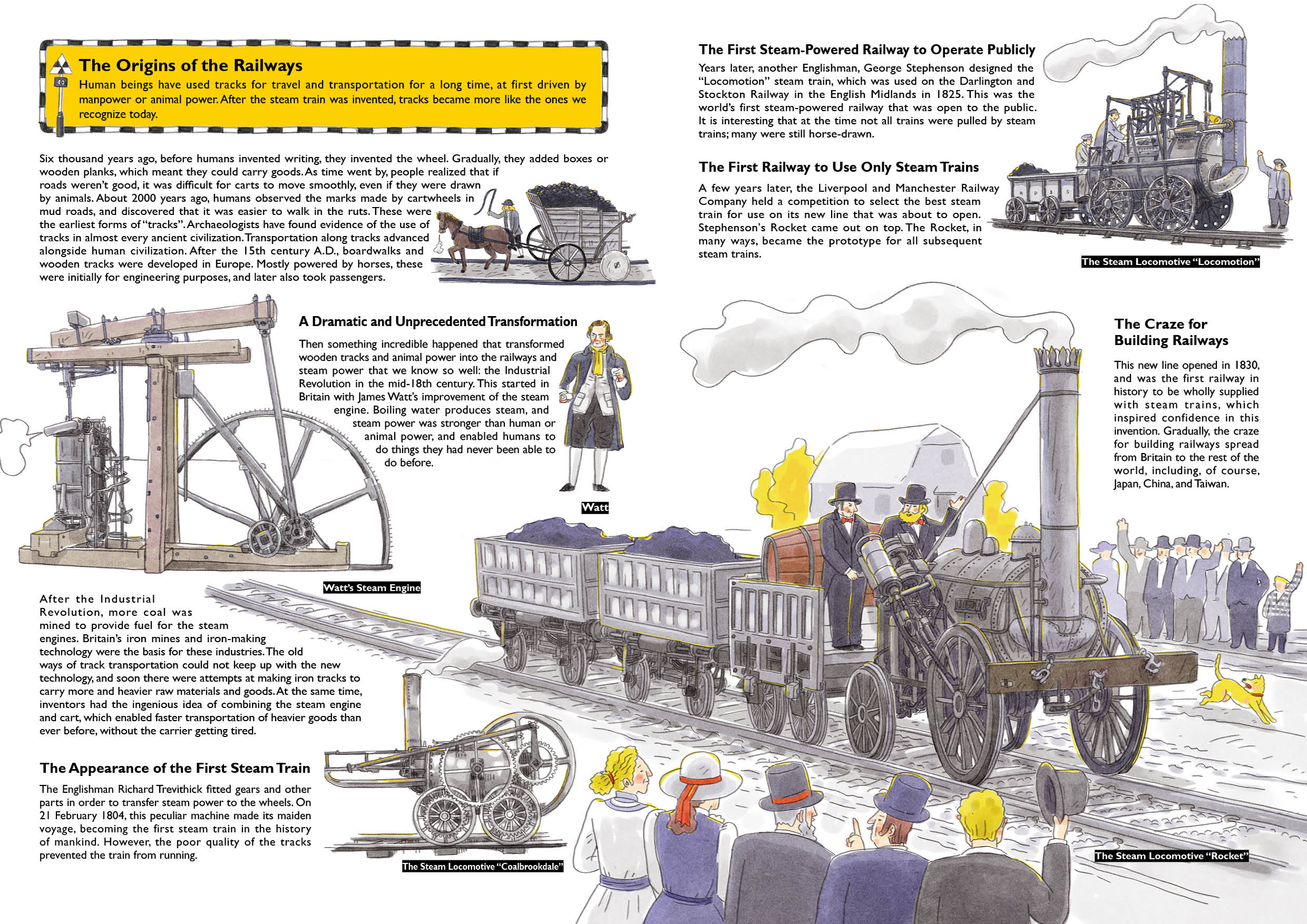

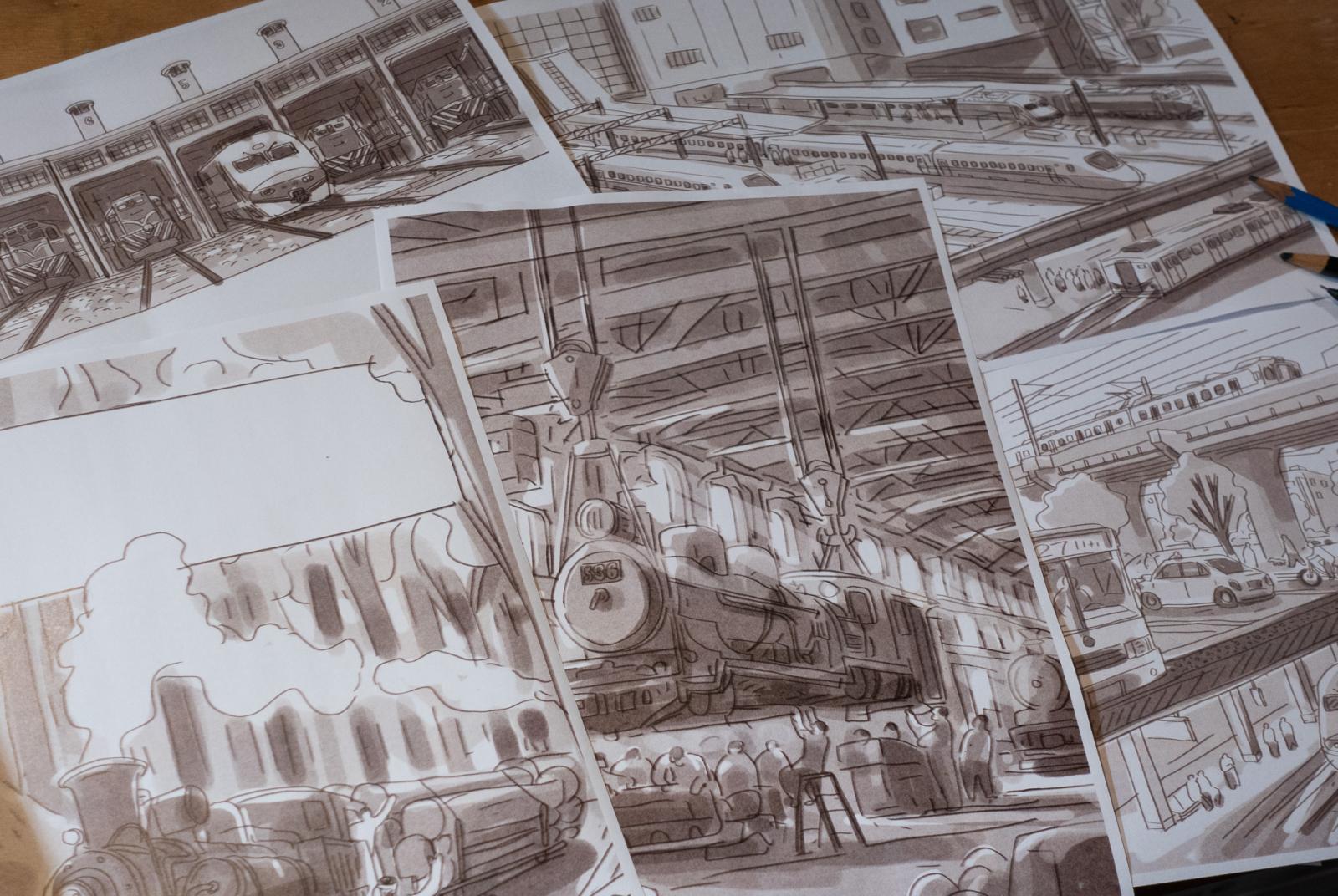


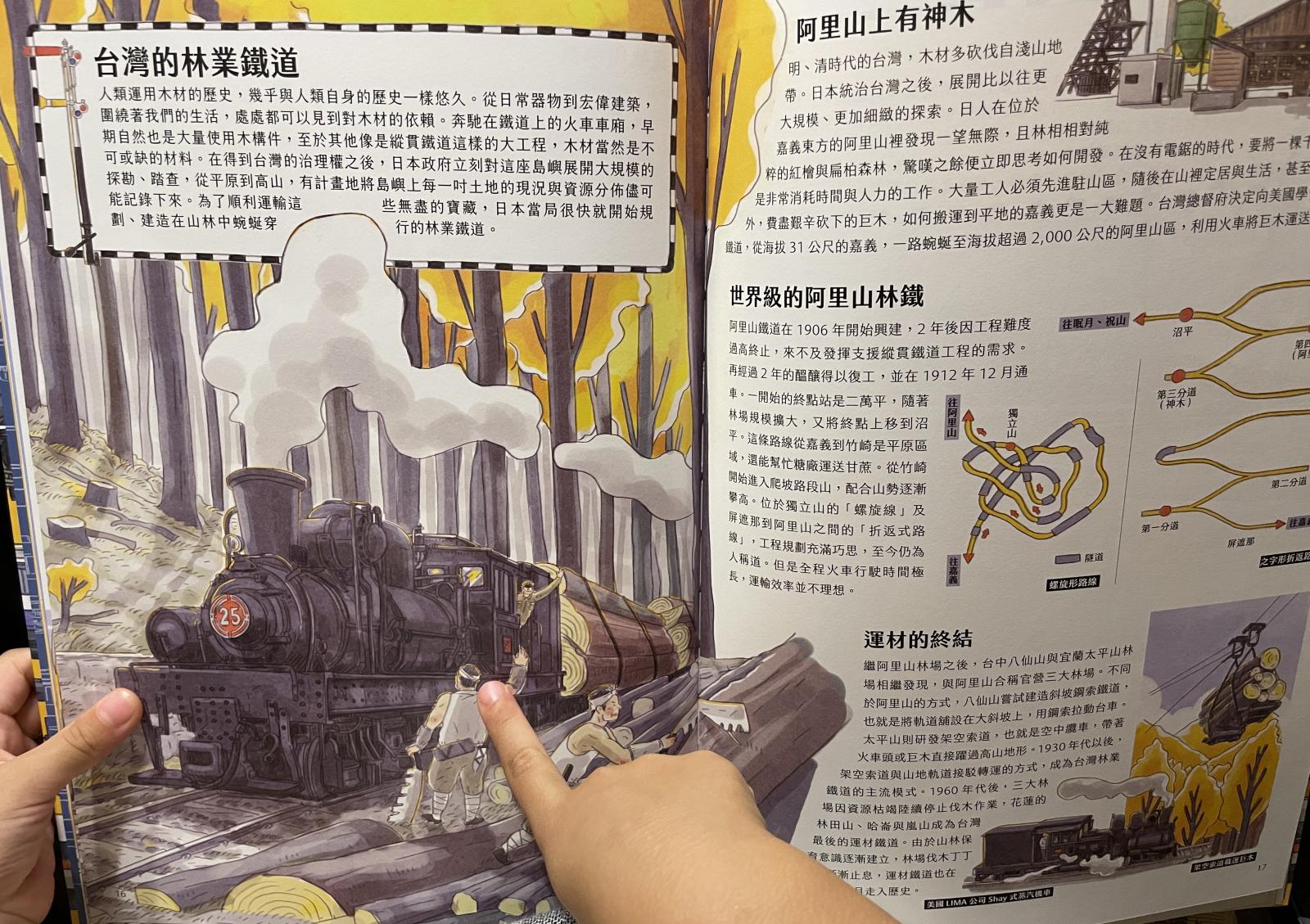
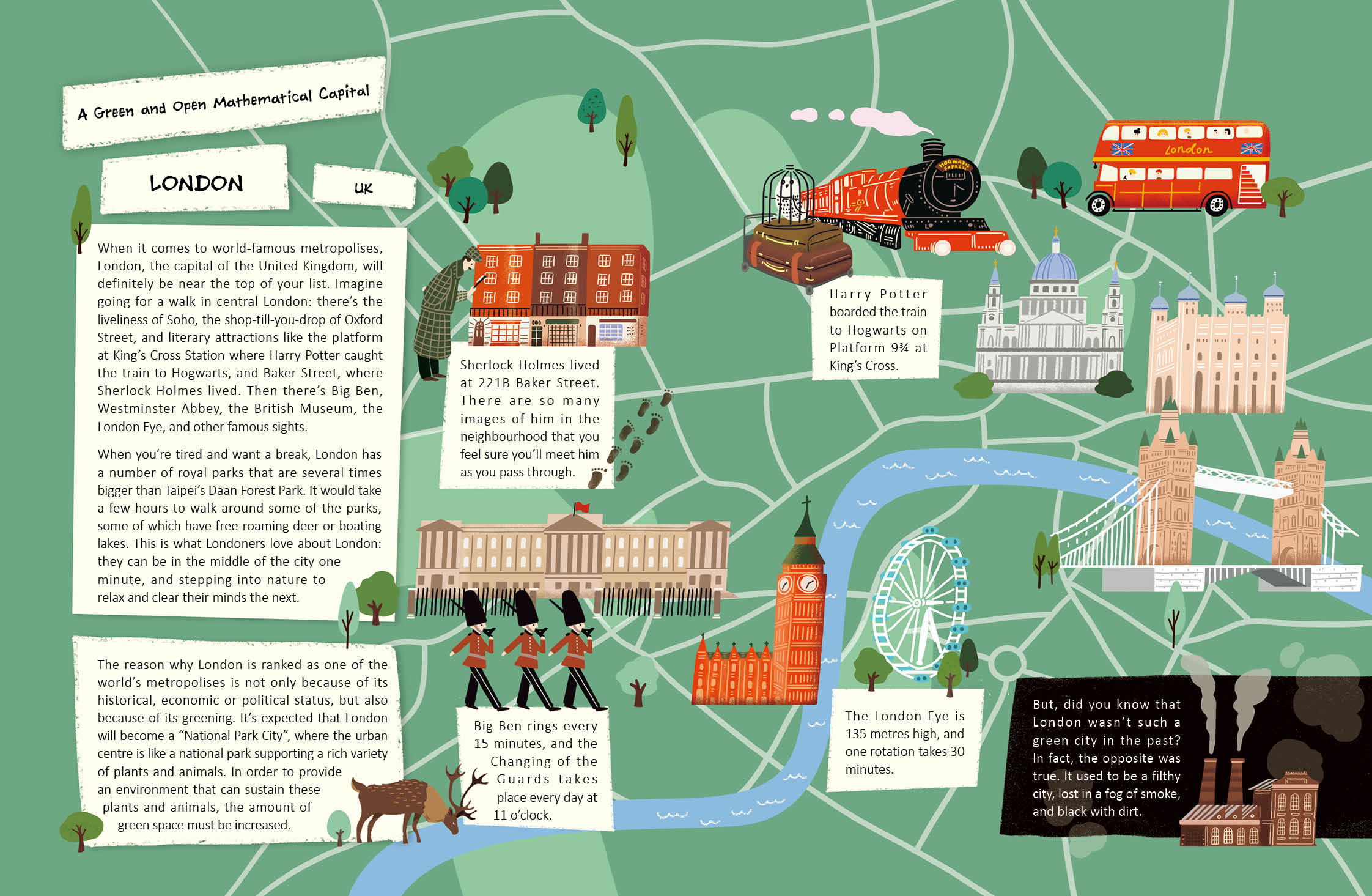
.jpg)
